7 Tips to Get the Best Results Dyeing Aida Black

Have you ever dyed fabric black, or any dark color, only to have it turn out disappointingly dull once it is dry?
Believe me when I say that I HAVE BEEN THERE! The dyeing process can be frustrating.
Recently, I dyed some evenweave with charcoal Rit Dye and it came out too dark for its intended purpose. On the flip side, I dyed evenweave the same exact way using black and it came out way too light, even lighter than the charcoal. Go figure.
There are several tricks that you can use to help your fabric absorb the color better and set it so that it doesn’t appear faded. Results will vary based on fiber type, water temperature, time in the dye bath, and the setting process to retain that dark color.
WANT FREE CROSS STITCH PATTERNS?
Sign up for my newsletter to get access.

1. Use the Right Dye with the Right Fabrics
There are directions on the box for a reason. I use All-Purpose Liquid Rit Dye for my cross stitch fabric dyeing. This type of dye works best with natural fibers, such as cotton or linen.
Rit DyeMore is for synthetic materials. If you use the all-purpose dye on polyester, for example, the dye won’t absorb as well or at all.
Don’t waste your money. Use the appropriate dye for the job.
2. Crank up the Heat
Start by washing your fabric under hot water. This will remove the starch or other coating that is on the fabric. It will also allow the fibers to expand in order to take in the color better.
I’ve learned that the hotter the better. I used to put water in the microwave, but the dye wouldn’t fully dissolve in the water. Each Rit Dye color is made up of other colors. Those colors will show up as speckles all over the fabric if the water is not hot enough.
In my experience, I get the best results when I boil the water. Rit recommends that the water temperature be 140℉.
3. Add Salt or Vinegar to Your Boiling Water
Because I am usually working with cotton or linen, I add salt to my boiling water. I stir it in making sure it is completely dissolved before adding my dye.
Cross stitch fabrics are made of natural fibers. Aidas are made of cotton, evenweave are made of cotton or a cotton blend, and linen is made of linen. In these cases, you will also want to use salt.
If you are dyeing nylon, silk, or wool use vinegar.
Non-iodized table salt works the best, but iodized is fine too. The salt helps the dye adhere to the fabrics making the fabric more vibrant.
For immersions dyeing, the salt helps the fabric become all one consistent color as long as your fabric has enough room to move freely.
In low-immersion dyeing the salt helps create a more mottled look.
Some stitchers say that they don’t notice a difference, but if you are having trouble getting your colors to be saturated, try adding salt.
4. Don’t Forget to Shake the Bottle
Honestly, this is something I forget too often. The dye separates in the bottle, creating some undesirable results.
The fabric will end up being splotchy because the dye isn’t fully mixed. Certain parts will be more concentrated than others. This can be a cool effect, but it is usually unwanted.
So give that bottle a good shake before pouring it into your boiling water.
5. Pour in More Dye
You may not be using enough dye for the size of your fabric. Rit recommends using ½ a bottle of dye for every 3 gallons of water.
On the Rit website, you can find tons of different color formulas. Each color formula is calculated based on the item size and amount of water.
Double that amount for more intense colors. Just put in more than you think you’ll need.
Keep a record and measure out your proportions. For the most part, I try and do this so that I know roughly how much dye to water ratio I am using. I don’t like to waste dye, but sometimes more is necessary to achieve the color I want.
Honestly, I am a “wing it” type of person. So if you are like me, experiment, but know that your results will be more unpredictable.
6. Set Your Colors with a Fixative
I never realized how important this magic was until I tried it. Use the Rit ColorStay Dye Fixative to set that intense color on your aida, evenewave, or linen.
The bottle claims this fixative is a laundry treatment and dyeing aid that enhances color, increases color retention, and reduces bleeding.
This treatment definitely enhances the color. My misty gray became a dark, rich black that made my colorful floss pop. Perfect for any space-themed cross stitch project!
A lot of excess dye comes out when washing. However, after using this fixative, I don’t notice as much dye bening rinsed out.
Rit ColorStay locks in the color thus saving you time and money.
7. Double Dunk Your Fabric Until you are Happy
Naturally, the fabric will look dark when it is still wet so it will be difficult to determine what the finished color will look like. There have been plenty of times when I thought that I had dyed my fabric too dark. However, after the fabric dries, it may be too light.
If your fabric ends up being too light, try double dunking. Double dunking is the process of redyeing.
Additionally, try letting your fabric soak longer. I leave my fabric soaking for up to an hour. The longer your fabric soaks, the darker and more intense the color will be.
Repeat the dye process including these tips and your results should be much better.
Final Thoughts
There are so many factors that contribute to the color and intensity of your fabric.Record your measurements and techniques to get consistent dyeing results.
Although dyeing can be frustrating at times, don’t give up!
Hand-dyeing your own fabric can be rewarding and you will get unique effects that nobody else has.
Remember, dying is about experimenting and having fun. There are no rules.
Happy Stitching Dyeing!



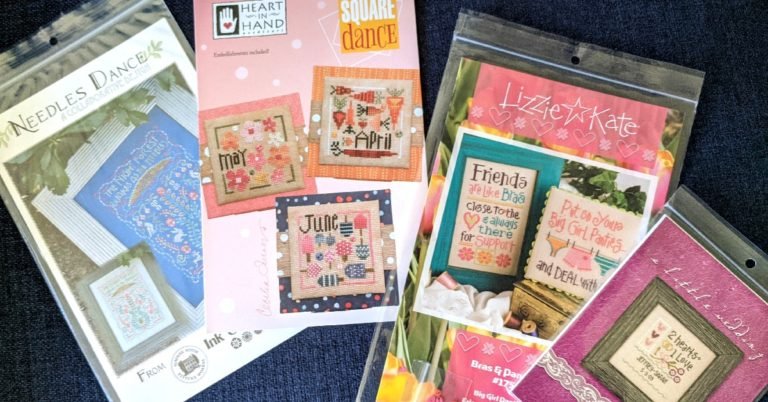
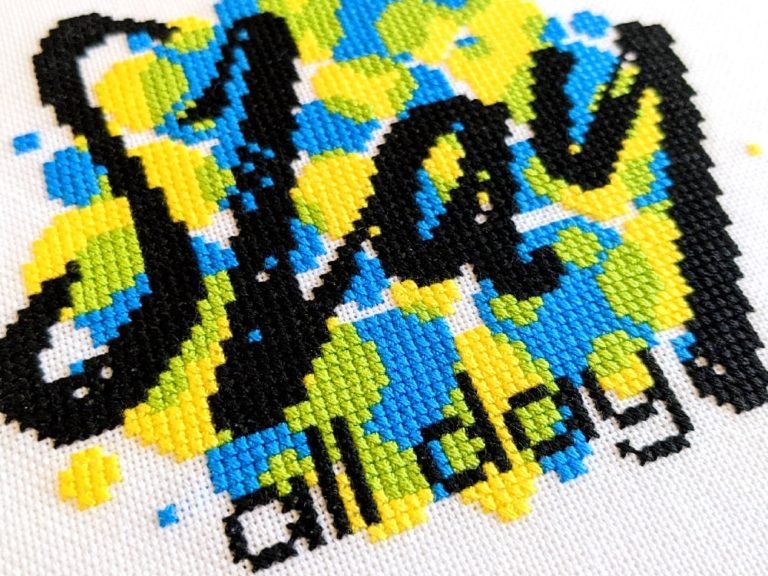
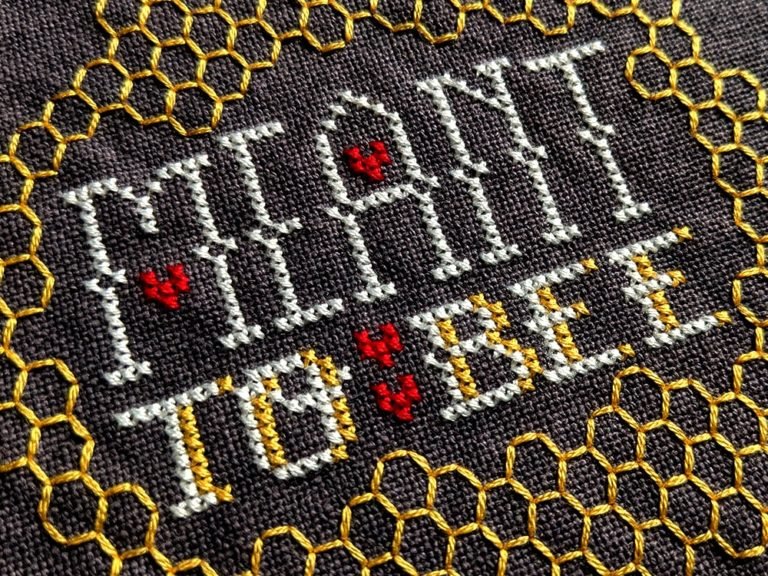
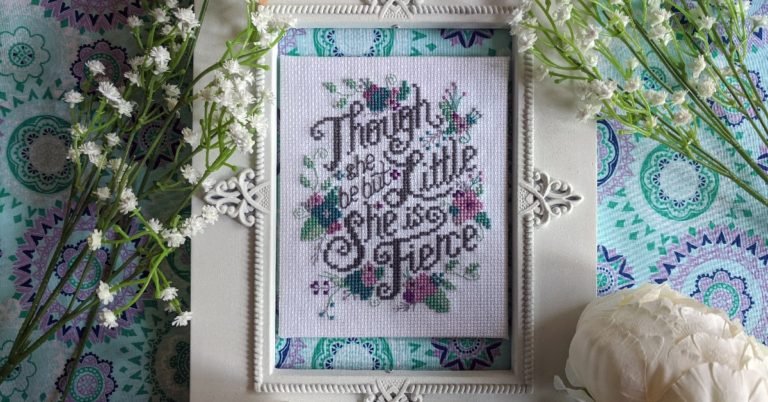
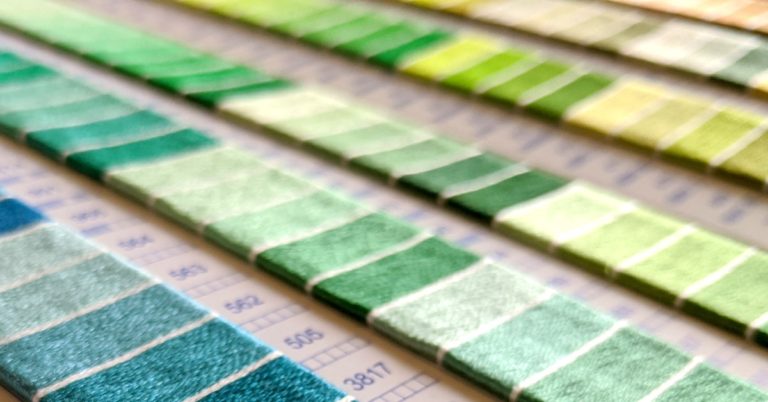
How much salt do you add?
The bottle says to add 1 cup of salt for every 3 gallons of water. I usually just wing it. Sorry, that isn’t more helpful.